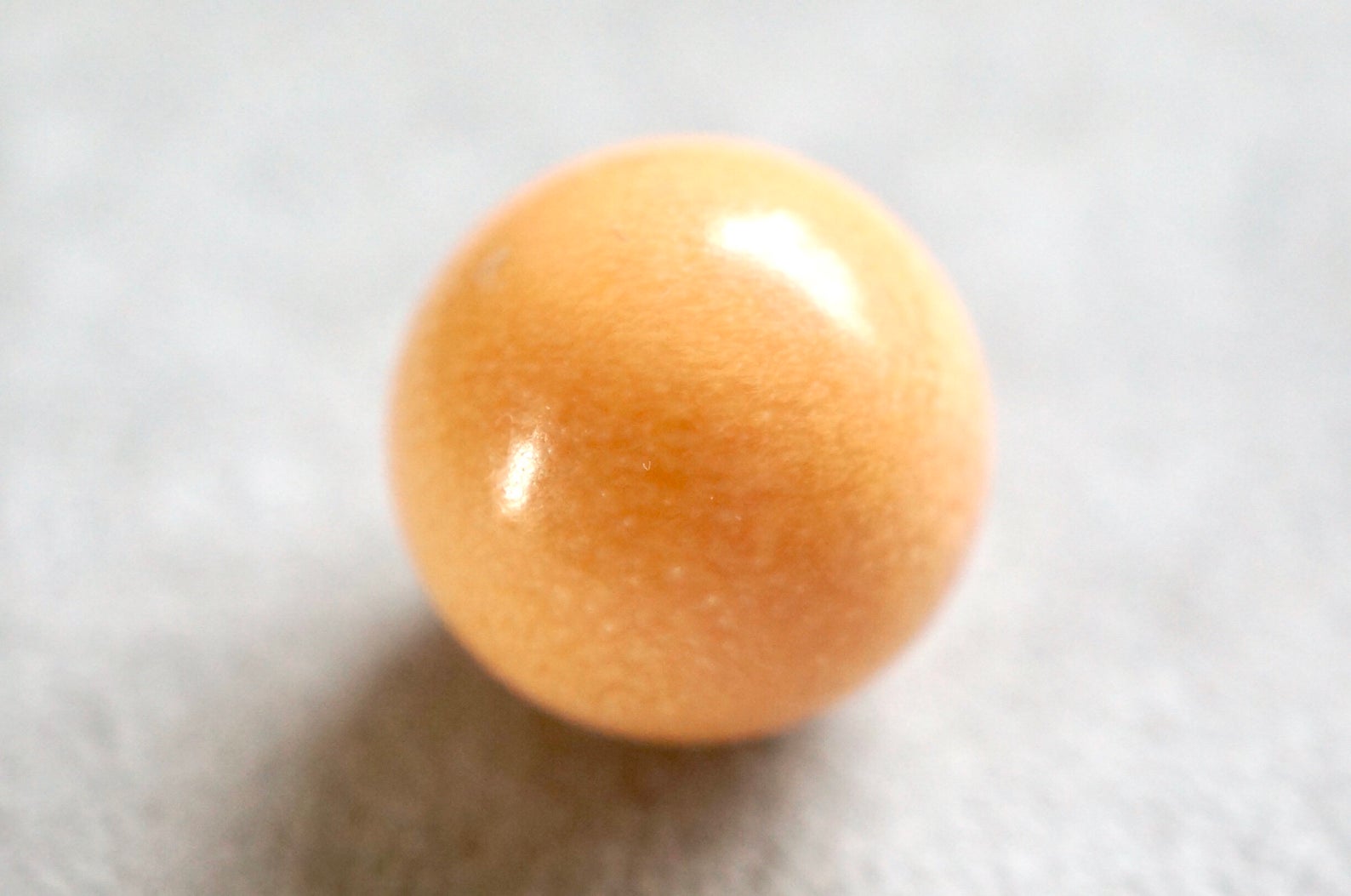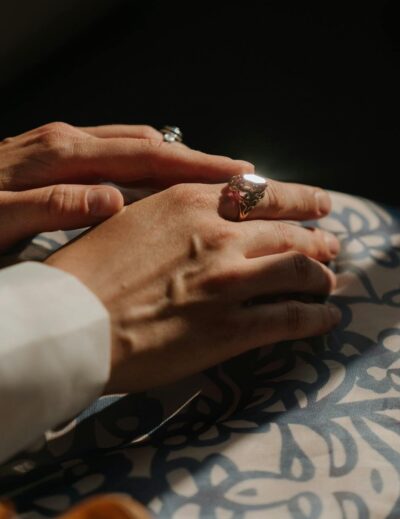
Melo Melo Pearls: What Is a Melo Pearl and How Rare Is It?
We all know that there are many different varieties of pearls. Distinguished by region or by pearl color, there exist South Sea pearls, Tahitian pearls, Akoya pearls, Conch pearls, and so on.
Many are not very familiar with melo melo pearls, which by the way are also called melo pearls. Do you know anything about the melo melo pearls? This is one of the rarest pearls. Let’s learn about its story!
Properties, Flame, Shapes, Sizes
What Is a Melo Pearl?
Just like conch pearls, Melo Melo pearls are not grown inside a mussel like the common pearls we know but are formed slowly inside a specific type of sea snail: melo melo, which is mainly distributed in Southeast Asian waters.
Where Are Melo Melo Pearls Produced?
The melo melo sea snail or papaya snail, with yellow or yellow and black spots, is a kind of monovalve mollusk that is strictly distributed in Southeast Asia, from Burma, Thailand, and Malaysia, to the South China Sea and the Philippines.
Luster and Flame
Due to their special formation process, the second characteristic that makes melo pearls different from ordinary pearls is that they do not have the traditional pearl layer.
Melo Melo pearls without pearlescence have a ceramic, crystalline appearance, a characteristic known as porcelain luster. In addition, the flame pattern structure is a classic feature of these rare pearls.
Shape
Irregular baroque, oval, and egg-shaped are all available, and those that are nearly round are usually more valuable.
Size
They range in diameter from a few millimeters to about 30 mm and can exceed 200 carats in size. The largest melo melo pearl weighs 397.52 carats, which can no longer be measured in money.
Colors
Melo Melo pearls are mostly orange, yellow, brown, or white. They are most prized for their orange color, similar to that of a ripe papaya.
Hardness
The hardness of melo pearls is about 4.5-5, so be careful of scratches when wearing them.
Melo Melo Pearl Value and Price
Melo Melo Pearl Value
Melo pearls are very rare in the market. They are most prized for their orange color, similar to that of a ripe papaya. At present, there are only about 200 melo pearls in existence worldwide, mainly from the royal treasures of the Nguyen Dynasty, the last dynasty of Vietnam.
As a rare treasure, melo pearls have been pursued by collectors from both East and West for many years, and are worth a great deal of money.
Melo Pearl Price per Carat
In June 2003, a 100.4-carat melo melo pearl sold at auction in Hong Kong for $2.7 million at an average price of $26,892 per carat, setting a world record for a single pearl.
2007, again, a 91.29-carat melo melo pearl sold at auction at Christie’s Hong Kong for $125,000.
Melo Melo Pearl Price

Round orange melo pearl 15.8mm $14,888. Image: The Pearl Collector.
Same as other pearls, the rounder the melo melo pearl, the higher the value; The larger the size, the higher the value too. The average melo pearl has a diameter range of a few millimeters to tens of millimeters; the largest one found so far is over 200 carats and costs hundreds of millions of dollars.
An ordinary round orange melo pearl can currently fetch a high price of several hundred thousand dollars.
How Rare Are Melo Pearls?
Melo pearls are very rare in the market. At present, there are only about 200 melo pearls in existence worldwide, mainly from the royal treasures of the Nguyen Dynasty, the last dynasty of Vietnam.
Why Are Melo Pearls the Rarest Pearls?
1. The Number of Melo Melo Sea Snails Has Declined Sharply
Due to environmental problems, the melo melo sea snail population has declined dramatically. Currently, they are protected by the Convention on International Trade in Endangered Species of Wild Fauna and Flora because they have become extraordinarily rare.
2. It Is Very Difficult to Form Melo Melo Pearls
The chances of finding a rare and precious melo pearl from a sea snail are one in a thousand, and the chances of being able to mine it in its entirety for a large size are even lower. This condition makes a large and high-quality melo melo pearl even more valuable.
3. Melo Melo Pearls Cannot Be Cultured Artificially
Can Melo pearls be cultured? Melo pearls have a high commercial value, but unfortunately, there is no way to cultivate them artificially so far; therefore, it is still a matter of luck to discover them.
Often there are news reports of fishermen or tourists unintentionally finding a merlot pearl. I have to say, it’s simply luck.
The Largest Melo Melo Pearl in the World
In 2010 Christie’s Dubai sold a 224.3-carat melo melo pearl from the Vietnamese Royal Collection for $722,500, the second largest melo melo pearl in the world.
The largest melo melo pearl, weighing 397.52 carats, was offered twice between 2003 and 2010 for $7 million and $7.5 million respectively, but the owner has yet to sell it. The price of this huge Melo pearl can no longer be measured in money.

Image: Luxury Watch.
Melo Melo Pearl Meanings
1. They Represent the Sun and the Dragon
The last emperor of the Vietnamese dynasty, like his forefathers, followed the ancient tradition of collecting these natural melo pearls since they represent the sun and are considered to be the dragon pearl which is with the dragon.
2. Buddhism: One of the Eight Buddhist Elements Revered by Buddhists
Melo pearls are also a perfect symbol of Buddhist thought. They are indeed one of the eight Buddhist elements revered by Buddhists. Therefore, the melo melo pearl has an important place in Southeast Asian Buddhist culture.
3. Royal Treasure
They also symbolize royal sovereignty and are only owned by the royal family. The monarchs of the past Vietnamese dynasties often sent fleets of ships to the South China Sea in search of this royal treasure.
With the decline of the Vietnamese royal family, the last emperor went into exile in France, and the melo melo pearls were sold one by one by him and were eventually lost in Europe. Most of these pearls are currently treasured by the European jewelry collectors.
Maintenance and Cleaning
Melo Melo pearls and conch pearls are without a pearly layer, and their main component is CaCO3, which will produce bubbles when they encounter acid. Therefore, they should not be exposed to acids or corrosive liquids such as swimming pool water, seawater, perfumes, etc.
Their color may fade when exposed to sunlight for a long time; therefore, do not store them in direct sunlight.
To clean them, use water at about 30 degrees and a soft brush to remove the dirt. Do not use jewelry cleaners or ultrasonic cleaning.
Read More
The Hematite Stone: Properties, Meaning, Ring, Uses and Benefits






